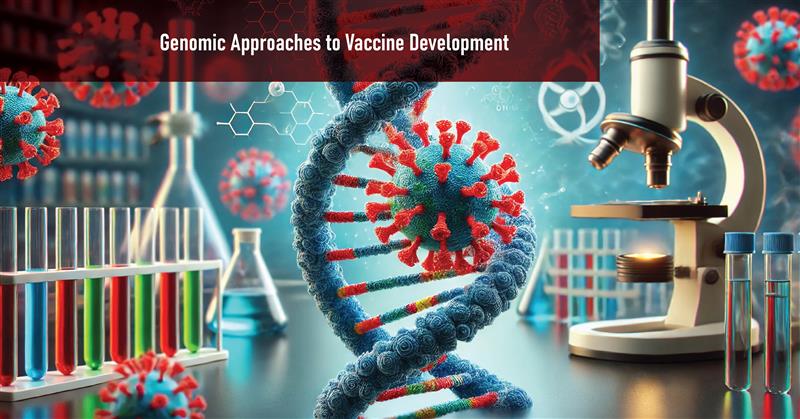The breakthrough in the technologies for large-scale sequencing of genomes has presented new paradigms in the design of vaccine development that have in turn opened up possibilities where previously it was deemed nearly impossible. Allopathic vaccines have continued to perform an important function of reducing as well as managing some of the deadly diseases. Nevertheless, new diseases appear and old diseases reappear, and therefore, new, more efficient, and adaptive approaches to vaccine creation are needed. Genomic solutions play a major role in the development of vaccines that are more effective, safer, and with broad-spectrum activity against different pathogens using more precise approaches.
Understanding Genomic Approaches
Genomic strategies for the development of vaccines are related to the employment of genomic information on the selection of targets for vaccination, construction of the vaccine, and assessment of the efficacy and toxicity of the carriers. These approaches use the pathogen’s whole genome DNA sequence to identify specific antigens that can effectively stimulate the immune response. This method is quite different from conventional methods of vaccine development, in which an antigen is selected by a method of trial and error.
Still, one of the most meaningful benefits of genomic approaches is the possibility for high-throughput sequencing, which enables researchers to sequence genomes of pathogens and their hosts extremely fast. This capability is essential to describe the population structure of pathogens and their hosts’ interactions. Studying these interactions allows the researchers to find out the constituent features of the pathogen that could be potentially addressed by the vaccines.
Deep Sequencing for Vector Selection and Vaccine Deployment
You can go deeper for sequencing that has also been applied when designing selection and use of vectors for transmissible vaccines. When the samples from the field are sequenced, the researchers can define other strains of viruses and their distribution across different regions. For instance, in Desmodus rotundus betaherpesvirus, its prevalence has been reported to comprise several strains in different geographical areas. This information is critical when choosing the right viral vector for the vaccines and when conducting field trials where vaccines can spread and naturally infect only a limited number of people.
The analysis of deep sequencing also allows for the identification of the phylogeographical distribution of viral strains, which the long-term vaccine deployment strategy depends on. In other words, if the disease spread is studied and certain targeted geographical regions that will naturally prevent the spread of the vaccine are noted, then more efficient vaccination can be ensured. This equally improves the efficiency of vaccines while also strengthening their application in a way that would prevent the uncontrolled spread of the virus.
